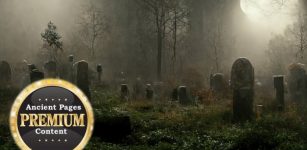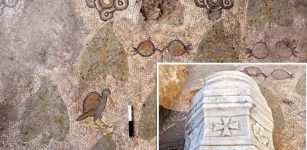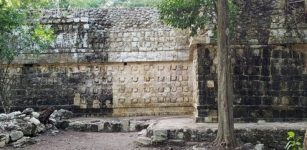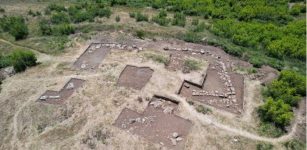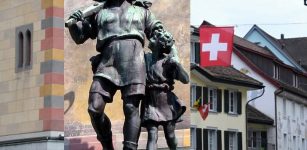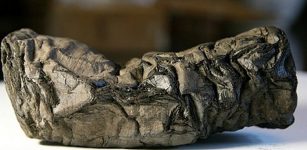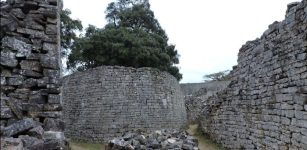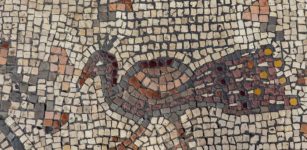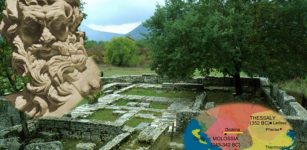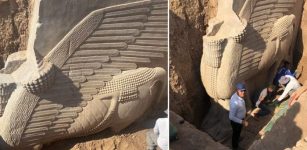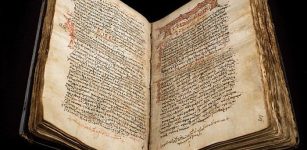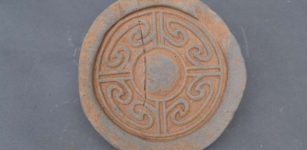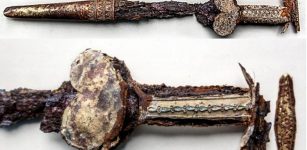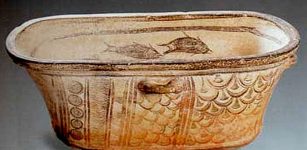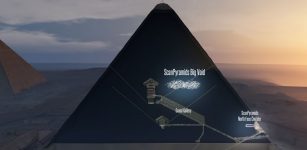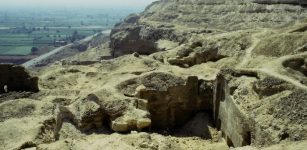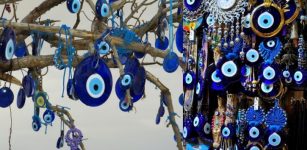Ruins Of Biblical City Of Corinth Discovered Underwater – Giant Monuments and Remains Of Lighthouse Still Well-Preserved
AncientPages.com - Archaeologists have discovered ruins of the lost town of Lechaion, the harbor from the ancient Greek city of Corinth.
Many of the ancient underwater ruins are extremely well-preserved and among the monuments built of 5 ton blocks there are even remains of an ancient lighthouse which was depicted on coins from that time.
For Christians, the ancient Greek city of Corinth holds Biblical significance as two letters from Jesus' disciple Paul feature in the Bible's New Testament – the books of 1 Corinthians and 2 Corinthians.
Paul The Apostle Visited Corinth
According to the Christian Bible, Paul is also said to have visited the ancient city while it was under Roman rule.
Paul the Apostle - Image credit: Renata Sedmakova/Shutterstock
In 146 BC, the Romans defeated the Greek armies and laid Corinth to waste. Over a century would pass before Corinth was rebuilt, this time by Julius Caesar who recognized Corinth’s strategic position. In 44 BC, he named the new colony in honor of himself: Colonia Laus Iulia Corinthiensis.
Julius Caesar turned Corinth into one of the most important ports in the eastern Mediterranean due to its fundamental location and the resurrected city flourished in varying degrees for the rest of antiquity and beyond.
Archaeologist and illustrator Yiannis Nakas draws a dislodged block from the harbor front area. Note that the metal clamps that once held the block in place are preserved. (Photo: Vassilis Tsiairis 2016)
A Greek proverb previously stated that “not everyone can afford to go to Corinth”, demonstrating the luxury of the region that prospered affluently.
But then the city was destroyed, never to be seen again.
First Evidence An Earthquake Destroyed The Biblical City Of Corinth
Sometime between50 and 125 A.D. an earthquake struck Lechaion the majority of the ruins have since been buried beneath sediment, where divers are now working in what according to the Lechaion Harbor Project, a collaboration of the Ephorate of Underwater Antiquities in Greece, the Danish Institute of Athens and the University of Copenhagen.
Ancient DNA Can Help Reconstruct The Past Environment
The Lechaion Harbor Project launched in 2013 and the latest excavations have resulted in remarkable underwater discoveries.
Roman coin from Corinth depicting light house (Münzkabinett der Staatlichen Museen zu Berlin Acc. 1852/9550, 177-192 AD). The team's findings include the foundation of what may have been a lighthouse.
“We have excavated archaeological layers where almost everything is preserved. Consider the pristine preservation of the roughly 2000-year-old wooden post (see video) and imagine how well-preserved wood and other organic materials that still lie at the bottom of this harbor,” Bjørn Lovén, archaeologist from the University of Copenhagen and co-director of the the Lechaion Harbor Project, said.
See also:
Mystery Of The Lost Biblical Kadesh Where Moses Was Punished By God
Are Bones Of Apostle Peter Hidden Inside A 1,00-Year-Old Roman Church?
Mysterious Biblical Canaanites – What Ancient DNA Reveals About Their Fate
The wooden post probably served as either a part of the foundations for the structure itself or perhaps as a bollard for mooring ships. The team also unearthed a variety of seeds, bones with cut marks, a roller from a wooden block, and fragments of worked wood.
“As a part of our research the Centre for GeoGenetics will extract and analyse the ancient environmental DNA from the important archaeological deposits and attempt to reconstruct the past environment genetically. Recently, they have shown that ancient DNA in deposits can identify a wide variety of organisms, everything from bacteria to plants and animals.
Hence, they will characterize what lived in the area of Lechaion during the various phases of Antiquity, including the Roman period. We are discovering everything from DNA evidence to monumental moles constructed of five-ton blocks,” Lovén said.
AncientPages.com
Expand for references





